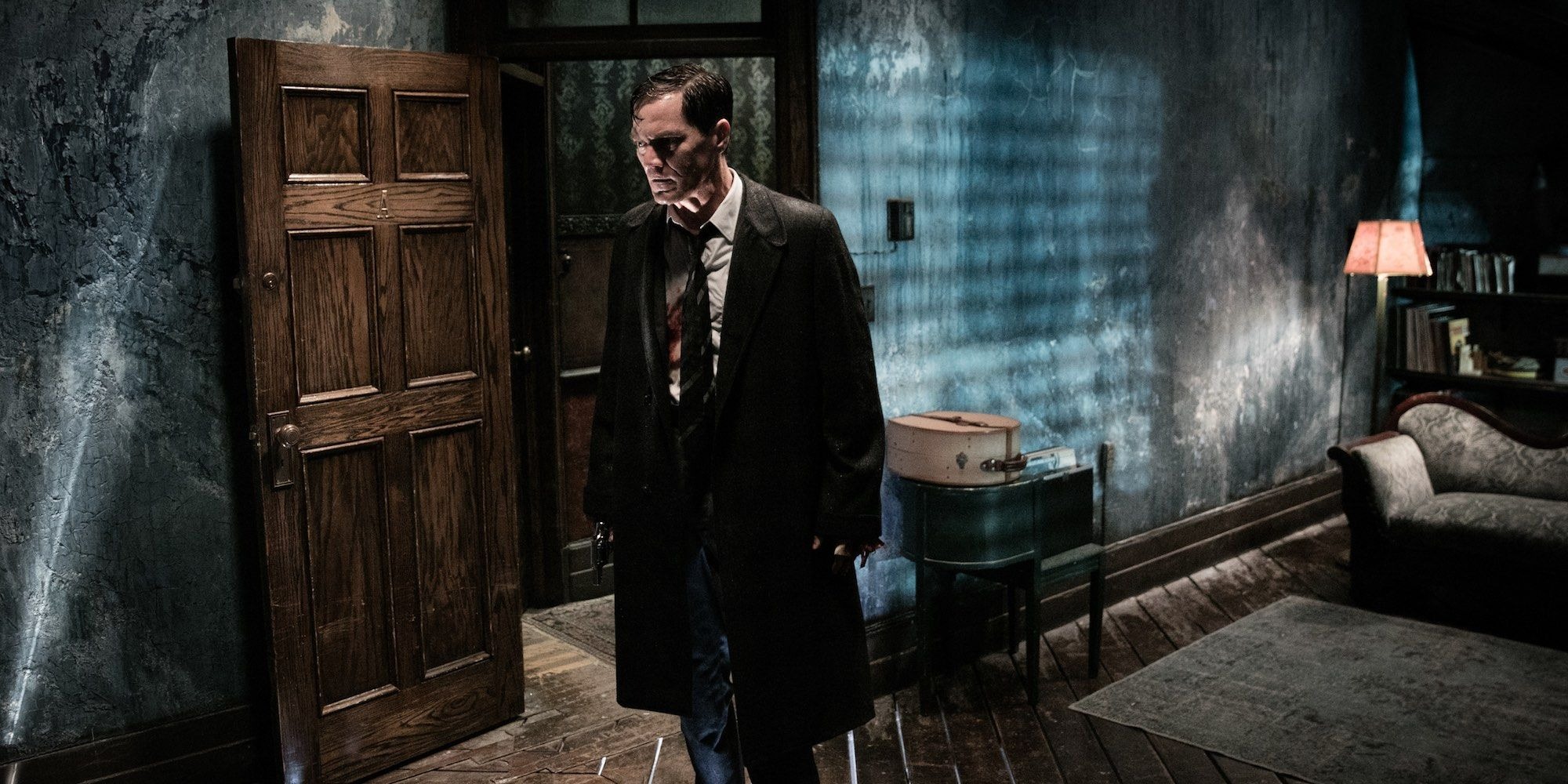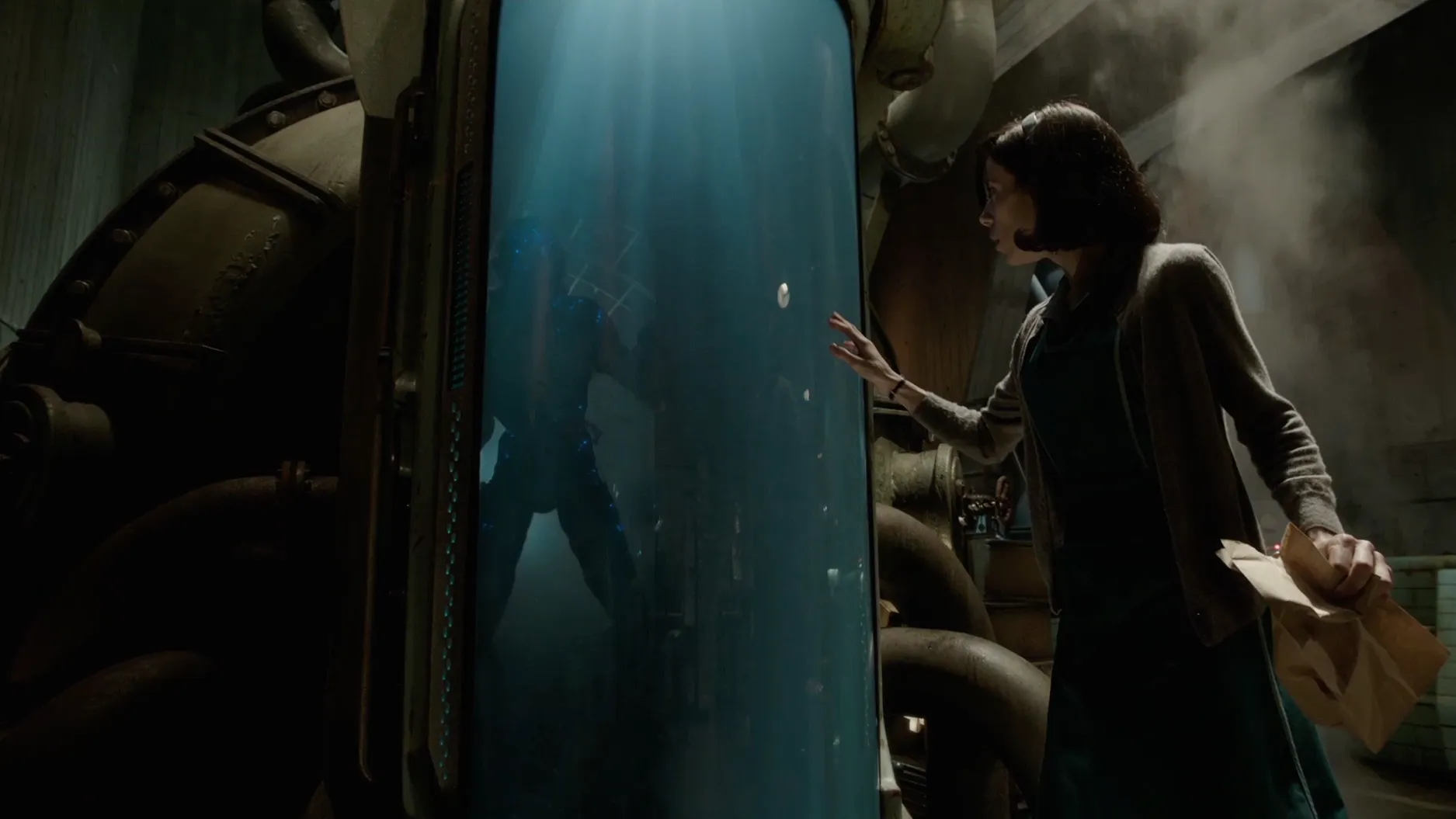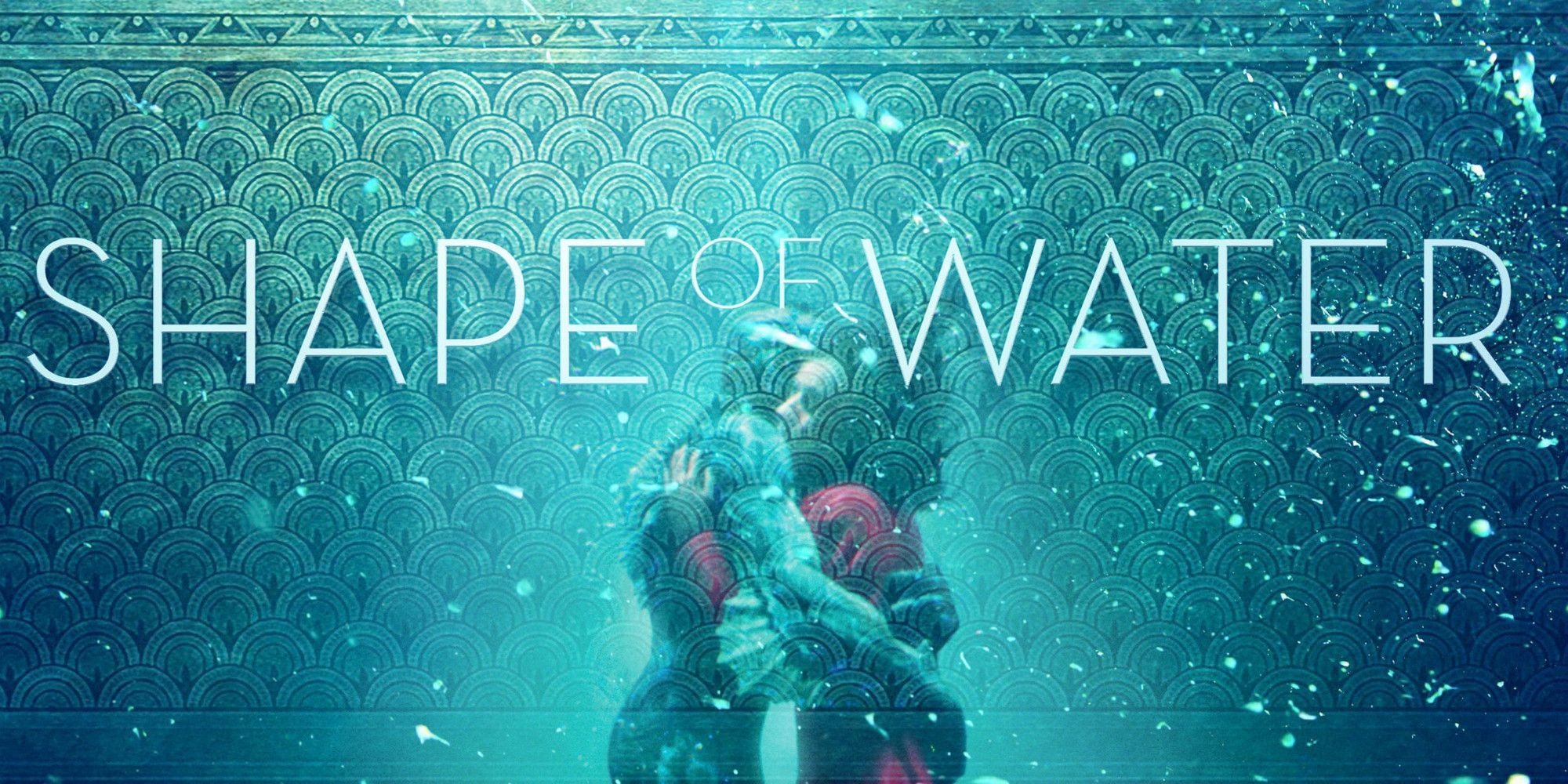Guillermo del Toro’s The Shape of Water gives a fresh twist on monster movies and fairy tales. It captures del Toro’s creativity, with a storyline that combines elements of fantasy and dark romance. His previous films, like Blade II and Hellboy, built his reputation, but Pan’s Labyrinth brought him widespread recognition.
Since then, he has created other remarkable works like Pacific Rim and Crimson Peak. With The Shape of Water, he continues his analysis of fantastical worlds, blending romance with the supernatural. The story centers around Elisa (played by Sally Hawkins), a mute woman who works as a janitor in a government research facility in 1960s Baltimore.

One day, Colonel Richard Strickland (Michael Shannon) brings in a new asset, a humanoid creature (Doug Jones). Elisa, with the help of her friends Zelda (Octavia Spencer) and Giles (Richard Jenkins), as well as Dr. Robert Hoffstetler (Michael Stuhlbarg), a sympathetic scientist, helps the creature escape.
As Strickland becomes fixated on finding the missing asset, the tension rises. He is relentlessly pursued by his superior, General Hoyt (Nick Searcy), pressuring him to retrieve the creature.
The Final Act: The Creature’s Healing Powers and Elisa’s Transformation
In the third act of The Shape of Water, Strickland’s mental state deteriorates as he obsessively searches for Elisa and the creature. Meanwhile, Elisa’s feelings for the creature deepen. She becomes more conflicted about the scheduled release date she planned for the creature, intending to return him to the ocean.
Everything culminates in a confrontation at the canal where Strickland shoots both the creature and Elisa. The creature, healing his injuries, kills Strickland and takes Elisa into the water, where he heals her and seemingly transforms the scars on her neck into gills, allowing her to live underwater with him.
The conclusion of The Shape of Water invites deeper interpretation.
The Origin of the Creature: Where Is the Asset From?
The Shape of Water fits within the genre of magical realism, a story style that blends the real with the magical. The movie is firmly anchored in the realistic Cold War America of the 1960s, with characters like Strickland and Hoffstetler symbolizing the political tensions of the time.
However, the asset, a mysterious and magical creature, introduces elements of fantasy. According to the story, Strickland discovers the asset in the Amazon, where it was worshipped as a god. This backstory fits well with the creature’s remarkable abilities, such as self-healing and the power to heal others.
For instance, the creature heals Giles after he is scratched, and later, when Giles’s hair regrows after the creature uses its healing powers on him, it suggests the creature’s abilities extend far beyond the typical.
Strickland’s belief that the asset is a god raises the question of whether it truly is divine or merely beyond human understanding. While the film hints at the Amazon as the creature’s origin, it’s clear that it cannot survive in freshwater alone.
That’s why Hoffstetler provides Elisa with a mixture of materials to make the water in which the creature resides more suitable for him. Elisa returns the creature to its natural habitat in the ocean, and the two of them live together underwater, leading to their peaceful, happy ending.
Revealing Elisa’s Past
Elisa’s past is more mysterious than that of the creature. Throughout the movie, glimpses of the scars on her neck appear, and Zelda reveals that Elisa was found as a child in a river and raised as an orphan. Strickland assumes that the scars are the result of an accident, which also left her mute.
However, by the end of the film, we learn that the creature turns her scars into gills, enabling her to breathe underwater. From the start, Elisa’s muteness and the creature’s lack of vocal cords thematically connect them.
Both are isolated from mainstream human society due to their inability to communicate conventionally, and this becomes the basis for their growing bond. Elisa’s sense of otherness is heightened by the conservative values of the 1960s, where she stands out even more due to her muteness and unique scars.
This sense of being different from others forms the foundation of her love for the creature, with her choosing to live with him, away from human society.
Was Elisa Always Like the Creature?
Elisa’s bond with the creature suggests a deeper connection. It’s implied that she may have been a water creature before being raised by humans, a theory that would explain the scars and her mute nature. According to this idea, her gills were once functional but were closed off when she became human.
The creature’s ability to activate these gills in Elisa suggests that she might have originally been like him. This theory raises intriguing questions about her transformation and the nature of her identity, but it’s left unclear.
What’s evident is that Elisa’s connection to the creature is deeper than just love — it’s a return to her roots.
Guillermo del Toro’s Passion for Film
The Shape of Water includes numerous references to classic films, particularly Creature From the Black Lagoon and Beauty and the Beast.
However, del Toro’s film flips the conventions of these films. Creature From the Black Lagoon portrays the creature as the villain, meeting a tragic end, but The Shape of Water reimagines the creature as a sympathetic being with whom the protagonist falls in love.

This reversal of roles turns the traditional monster movie perspective on its head. Additionally, del Toro challenges the typical fairy tale structure where a woman’s love turns a beast into a human.
Instead, the creature transforms Elisa into a non-human being by giving her the ability to breathe underwater, creating a more balanced relationship between the two. This change in perspective avoids the typical “man is turned human to earn a happy ending” trope, showcasing a romance that transcends human boundaries.
Through The Shape of Water, del Toro brings a fresh perspective to monster films and fairy tales. The film offers a response to what he felt previous monster films lacked — the idea that monsters could be the romantic leads, not merely antagonists.
The Shape of Water challenges conventional storytelling in monster movies and fairy tales, especially in terms of gender, relationships, and otherness.
Religious Allusions in The Shape of Water
The film also incorporates religious themes, markedly references to the story of Samson and Delilah from the Hebrew Bible. Strickland repeatedly compares himself to Samson, a powerful man betrayed by Delilah, who causes his downfall.
Strickland’s interpretation of Samson as a victorious figure contrasts sharply with how The Shape of Water uses the story. Instead of portraying Strickland as the hero, the film casts Elisa in this role, positioning her as the one who brings about Strickland’s destruction.
Strickland’s hypocrisy is evident throughout the film. He imposes humility on others while displaying pride himself, uses his power to control those beneath him, and justifies his actions through religion.
In the climactic final scenes, Strickland’s view of himself as Samson is shattered, and the film casts doubt on his understanding of religion. The creature, seen as a god by Strickland, forces him to reconsider his beliefs.
The Shape of Water uses this confrontation to challenge societal and religious norms, presenting a new take on good and evil.



